“It’s now or never if we want to limit global warming to 1.5°C”. This is the urgent warning of the recent IPCC report on the state of climate change. The landmark report is the last instalment of the three-part sixth assessment, focusing on tools such as renewable energies, electric vehicles, and low-carbon technology. The experts of the International Panel for Climate Change conclude that the knowledge and the means to stop climate change are there, but the political will is missing.
All the more important, then, to communicate about climate change. Writing is just one of many ways to support mitigation and adaptation efforts, to educate the public about the effects of climate change, and to put pressure on the private sector, politicians and everyone else – because this really is our last chance to limit global warming and stave off climate disaster. The next few years will be decisive. Soon, we will all be writing about the climate. Similar to the way that COVID-19 was omnipresent in the media during these past two years, the climate crisis will make its way into every story.
Read on for five recommendations on how to write in an impactful, engaging, and motivating way about climate change.
Use case studies
Climate change can be very difficult to understand and to imagine. Approaches to tackle the climate crisis look different in every city. Therefore, use case studies to show the many creative ways that people around the world counteract climate change and its effects. Speak to those involved in the projects, get as many pictures as possible, and make clear how the ideas can apply to other contexts. This is also a great way to translate the Sustainable Development Goals, such as SDG 11 (Sustainable Cities) or SDG 13 (Climate Action) into action.
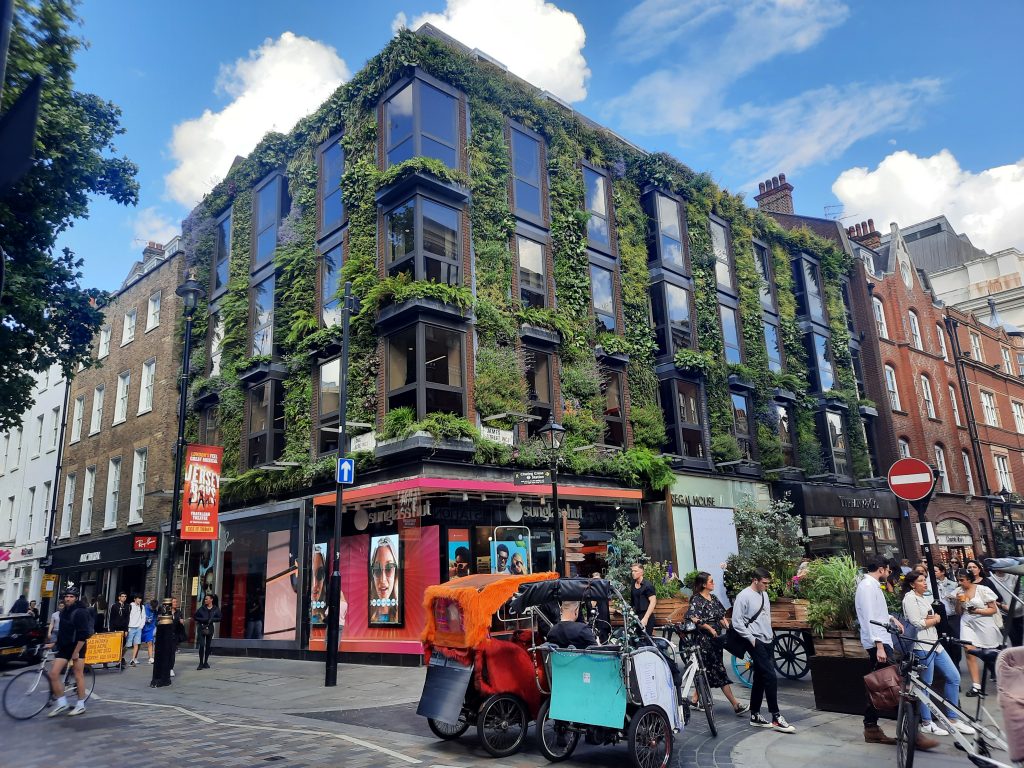
Case studies help to make climate stories much more accessible. They are not based on the ability to read and understand long reports, but they give a colourful example that is often very inspirational. Many case studies also work beyond language barriers based on pictures, graphics, videos and other materials.
Example: In this Inkline story about how Mexico City’s poorest neighbourhood is fighting climate change through education, communication, and community-building, I focused on interviews to present the case study in a credible, inspiring way.
Use storytelling
Climate change hits most vulnerable populations the strongest. As journalists, we can give them a voice. Storytelling helps to explain how human lives are impacted by extreme weather events, rising sea levels and other challenges. It makes the climate crisis tangible and shows how even in areas where you might not expect it, your neighbours are already feeling the effects of global warming.
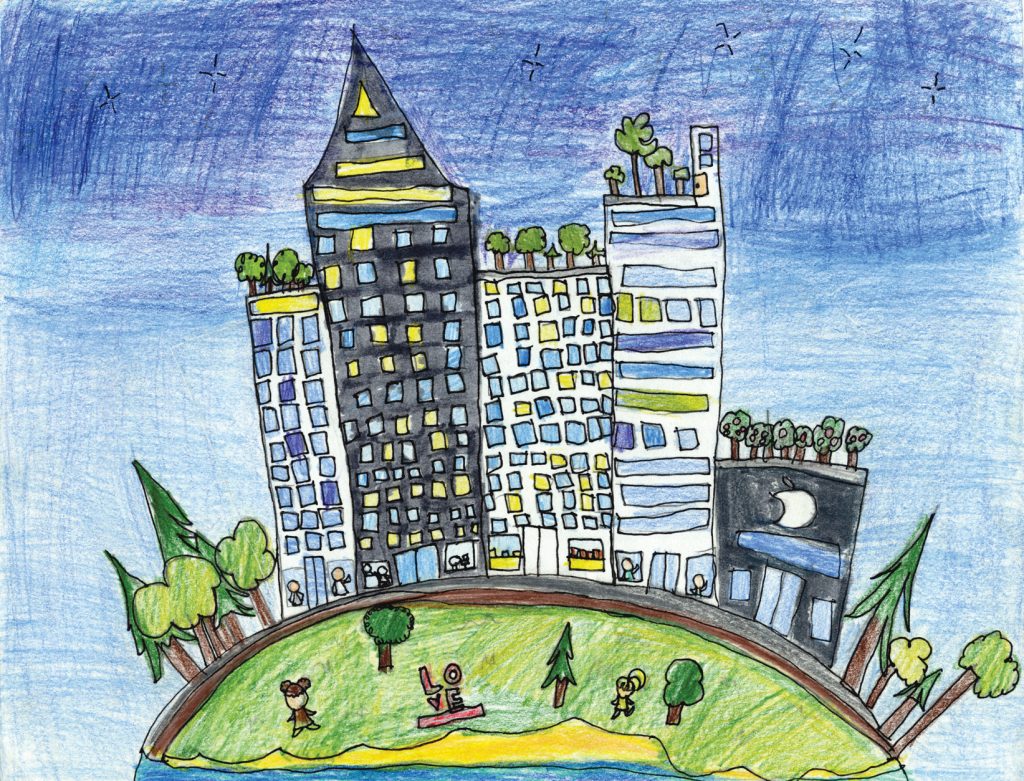
Many important decisions get made in very hard-to-understand, often obscure conferences and government meetings. As journalists, we have to translate these. There is probably no better way of doing so than through storytelling. Rather than rattling of a list of numbers and statistics (although you should include some and do your research thoroughly), wouldn’t you be drawn to an article starting like this?
“In 1987 I was let in on some secret research. Scientists studying the ice shelves in Antarctica pointed out to me what they thought was the coming disintegration of the Larsen B ice shelf. Then they whispered so no one could hear but me, ‘It is going because the planet is warming.’ I crossed the Larsen B ice shelf on one of my Antarctic journeys. Then, in 2002 I was reading the Minneapolis Star Tribune and there it was on page nine: a satellite photo of the Larsen B ice shelf of western Antarctica just falling apart and floating away.”
This extract is from Climate Gen, a great storytelling resource:
Use impactful terms
The Guardian is a pioneer in using impactful terminology. A few years ago, the UK-based newspaper decided to not speak of “climate Change” or “global warming” anymore, instead using the terms climate crisis and global heating to better express the urgency of the impending climate disaster.
When writing about climate change in cities or elsewhere, make sure to use impactful terms. Before setting out to write, ask yourself “What is my desired impact?”, “What change do I want to bring about with my reporting?”, and “What do I want people to do after reading the article?”.
An example of using impactful terms is this article on timber cities I wrote for GIZ: https://www.urbanet.info/cities-built-4-climate/. This term tickles the imagination and conjures up images of wooden, yet modern cities. Another example for the use of impactful terms is this description of the COP26 climate conference in Glasgow: “COP26 is about cash, coal, cars, and trees”.
In addition to impactful terms, look at impactful images, infographics and graphic design to make your point. Graphic recording, for example, is a great way to capture the results of an event and much easier on the eye than a protocol, therefore increasing the likelihood that people will grasp the content:
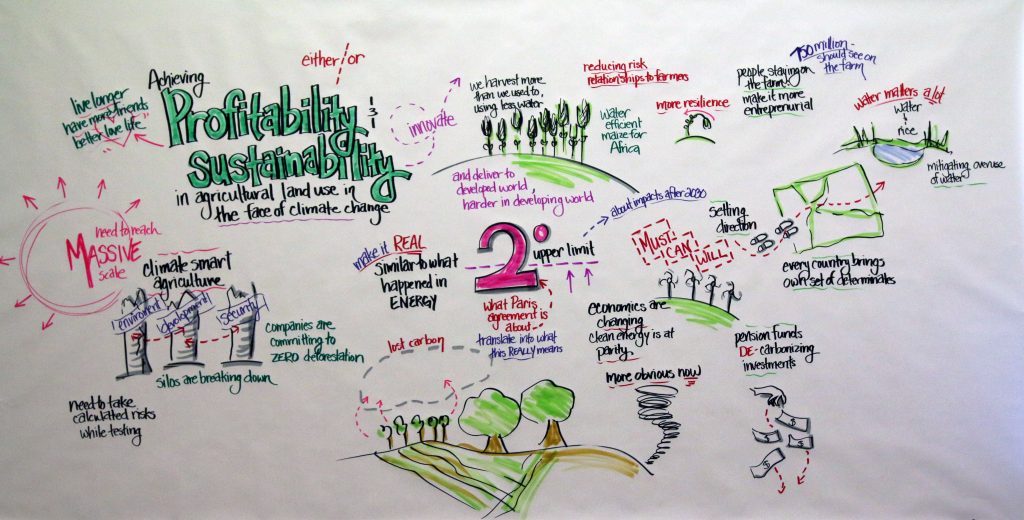
Present solutions
The climate crisis is a heavy, difficult topic that for many people leads to fatigue or even mental health challenges. At the same time, however, there are many positive news to report. In my writing, I try to focus on solutions for the many challenges we are facing, one project at a time.
The Solutions Journalism Network is a great source for learnin more about solutions-based or constructive reporting. They train journalists and present solutions stories so that we can learn from the successes and failures of projects, initiatives, and brave humans across the globe.
When writing about a solution, it is important to not only present the problem and a solution, but also evidence for why and how well the solution works; what limitations it has; and what impact can be expected.
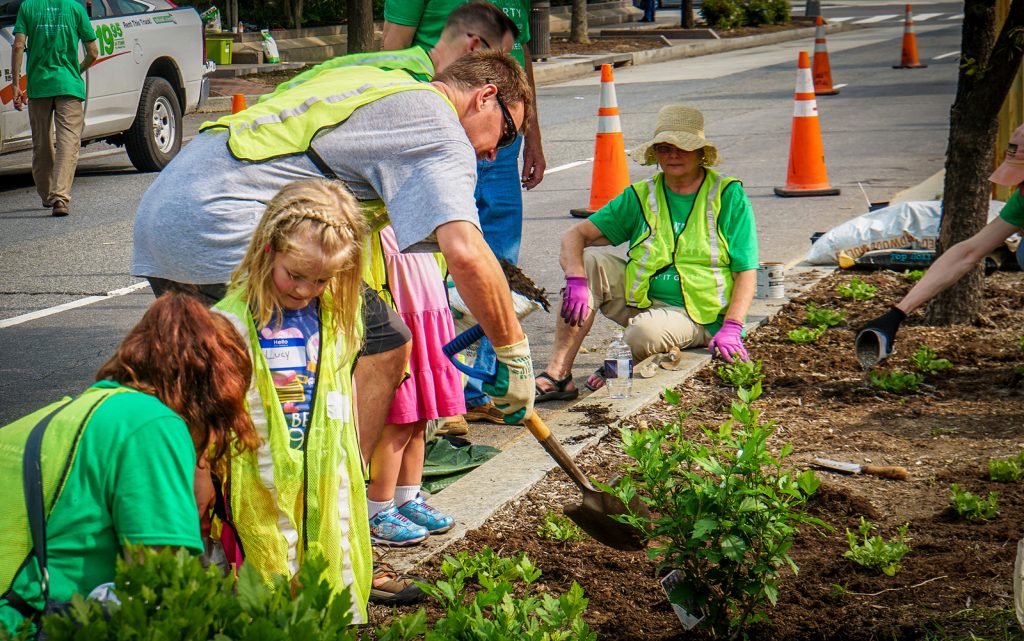
To see some solutions stories about climate change, head to Positive News and browse their environment category: https://www.positive.news/category/environment/
Include calls to action
Readers want to walk away from articles on difficult topics feeling better, knowing what they can do in their personal lives. Therefore, ending on a positive or at least engaging note can really elevate climate change articles.
Be mindful of the different positions and priorities when it comes to climate change projects. Try to understand the complexities and interests at play, show empathy for all sides and focus on commonalities. “Collaborate to corroborate” is a great approach here. Do your best to connect with your audience.
A great example for accessible, colourful climate reporting is the Down to Earth newsletter by the Guardian: https://www.theguardian.com/environment/series/down-to-earth
And here is my call to action: Write in a colourful, engaging, inclusive, impactful, and solutions-oriented way to help tackle the climate crisis!
What are your tips for writing about climate change in cities? Can you recommend any resources? Comment below!
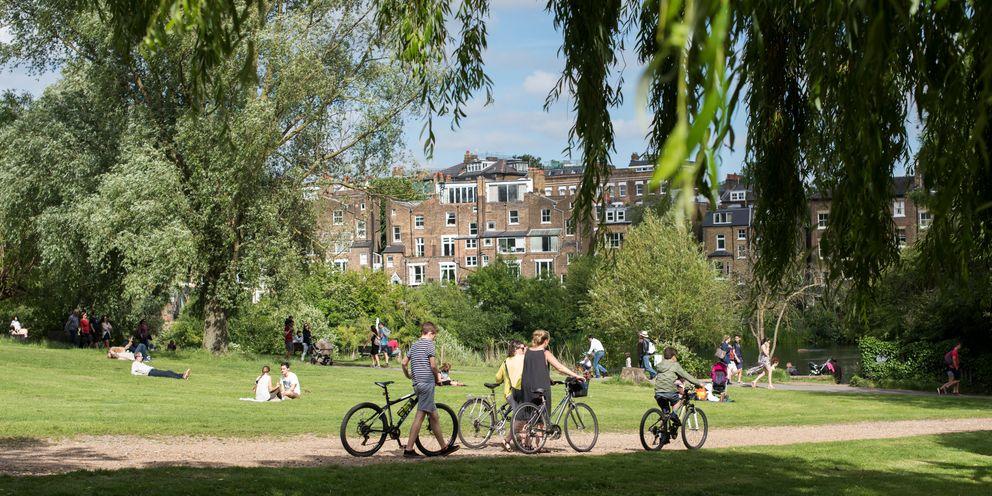



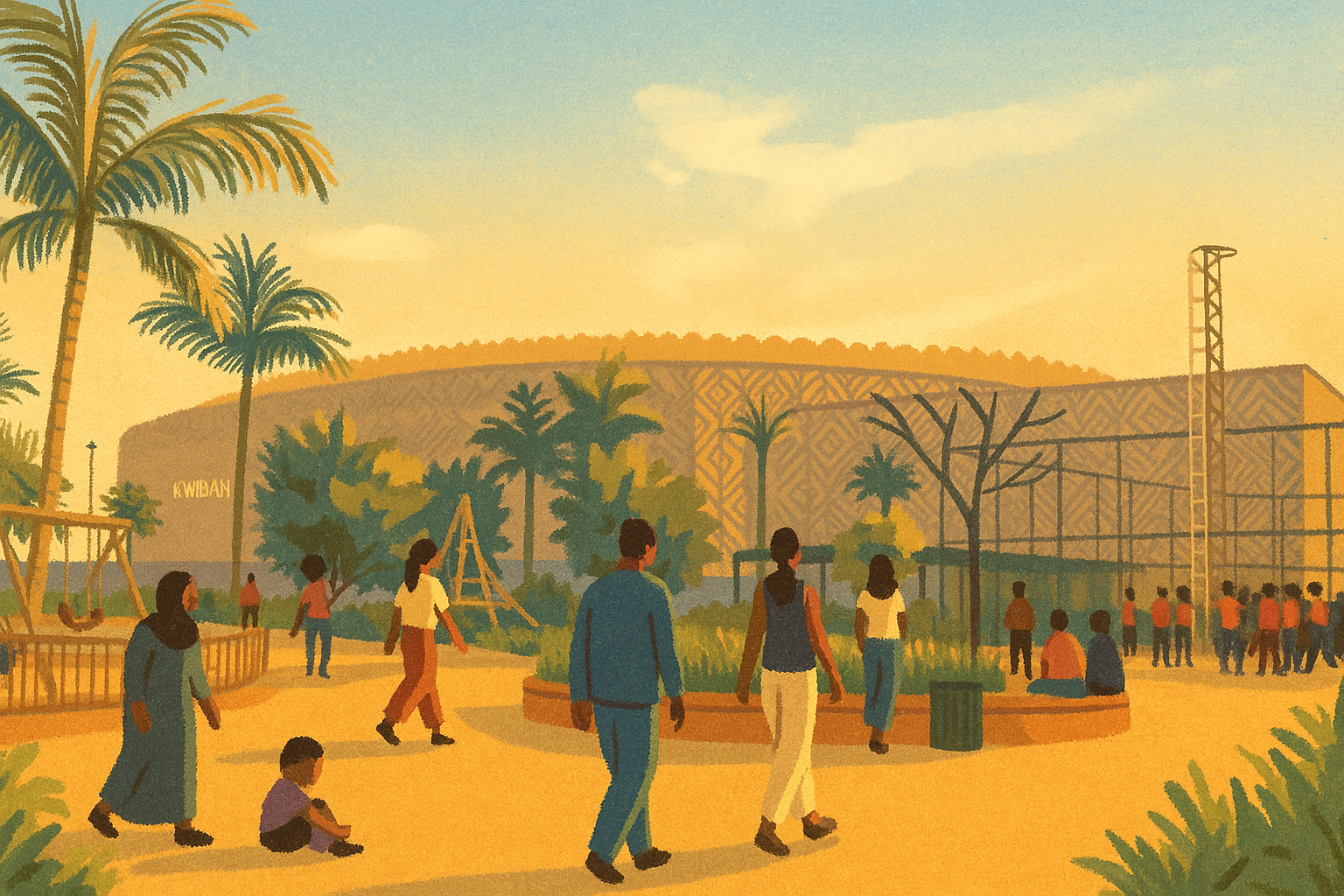
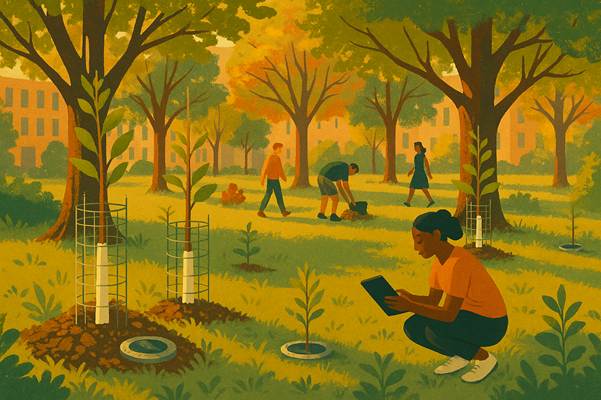
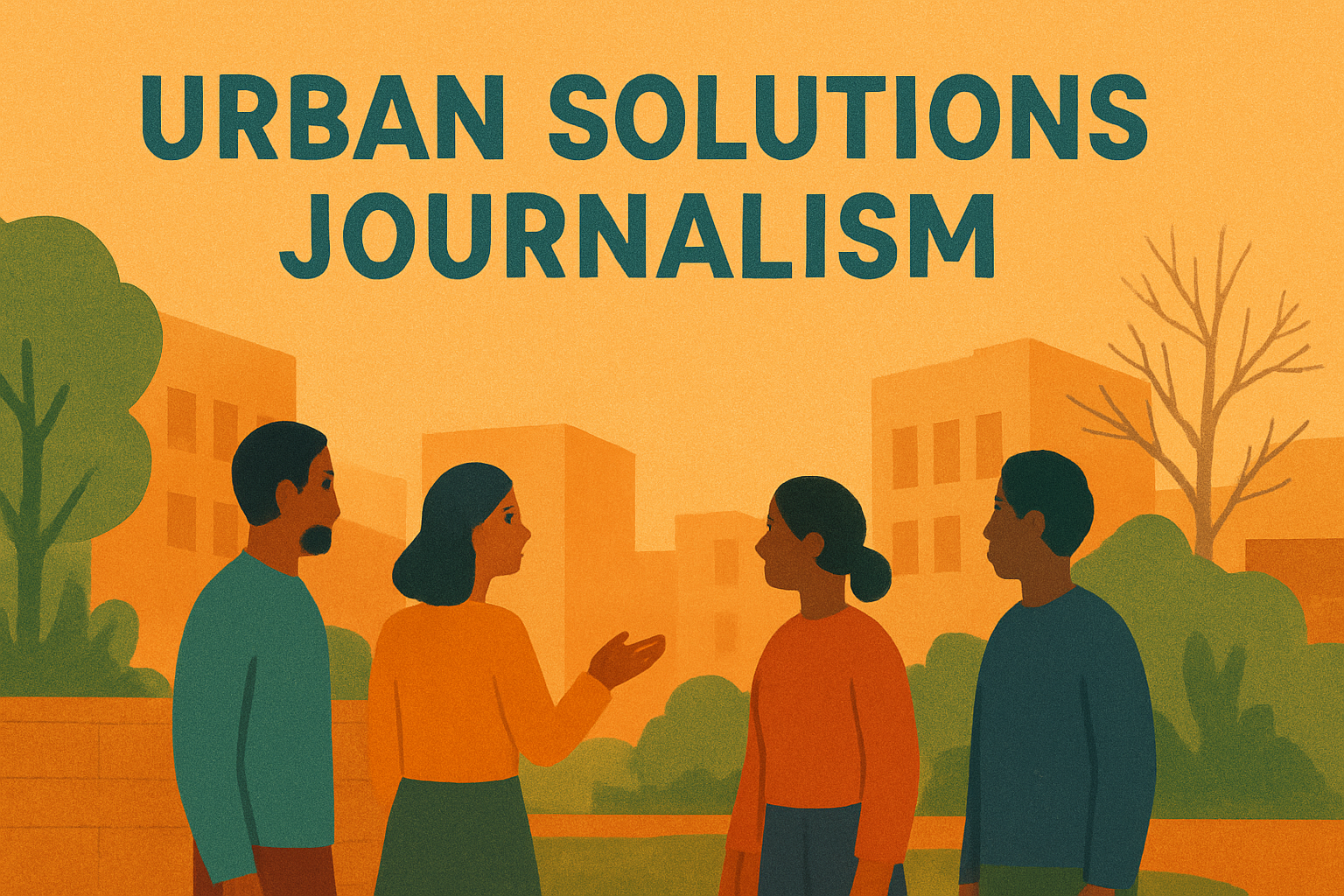

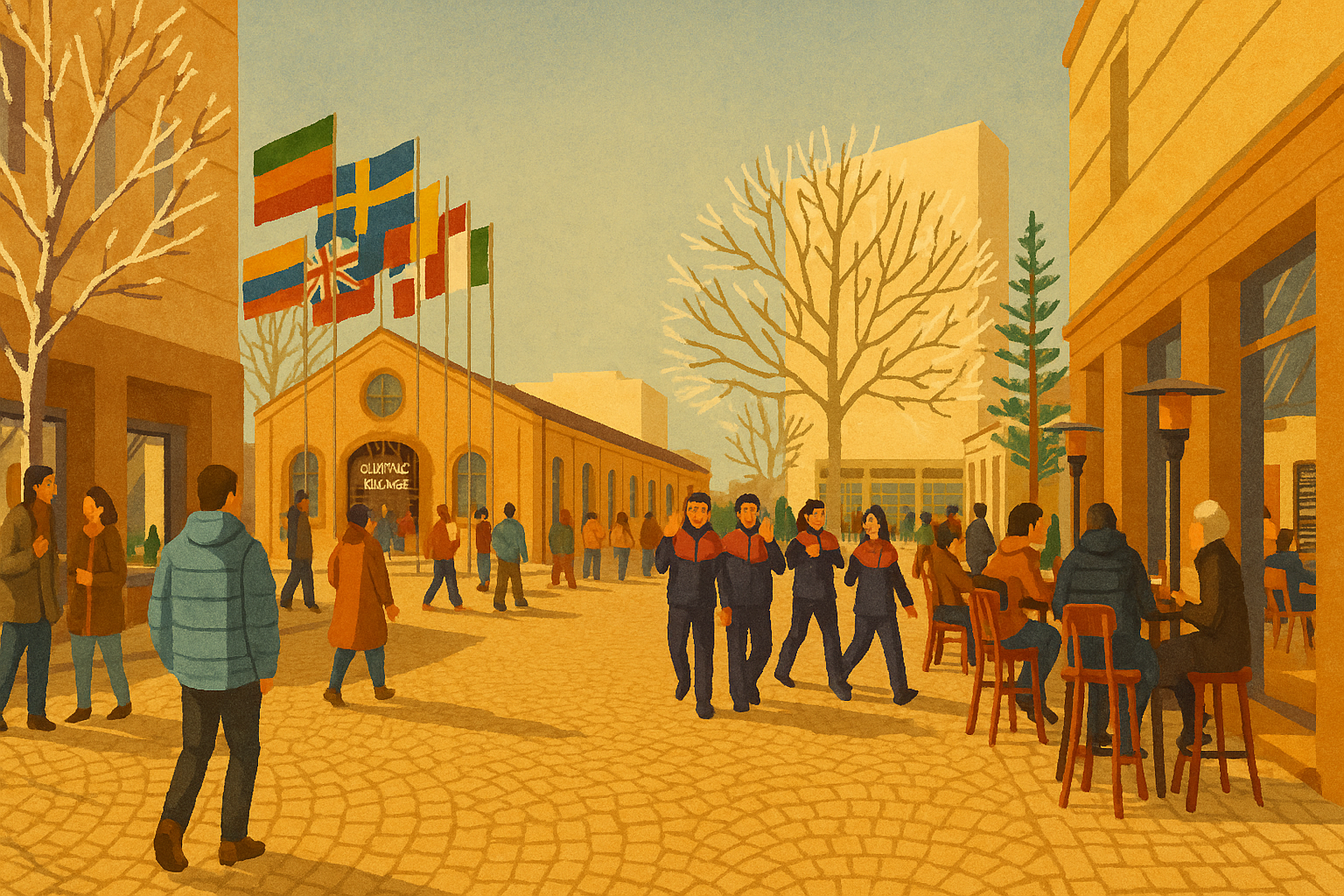
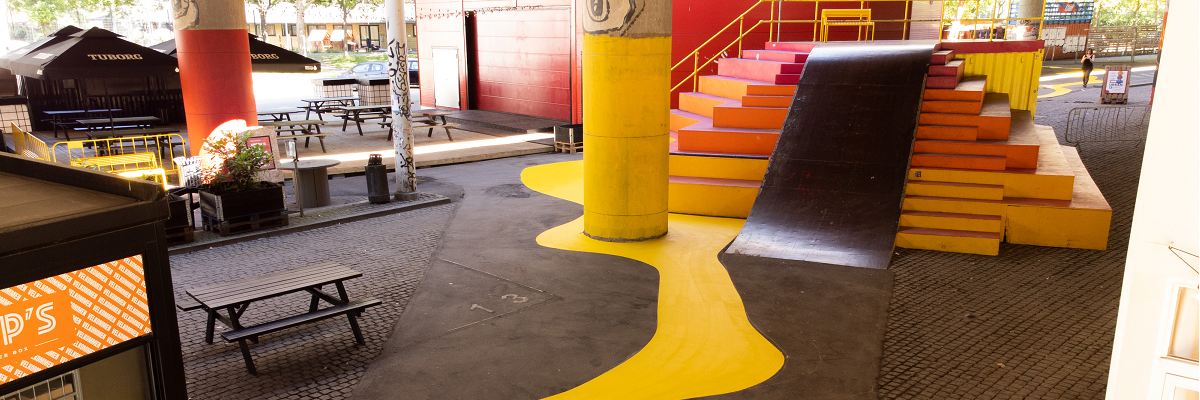
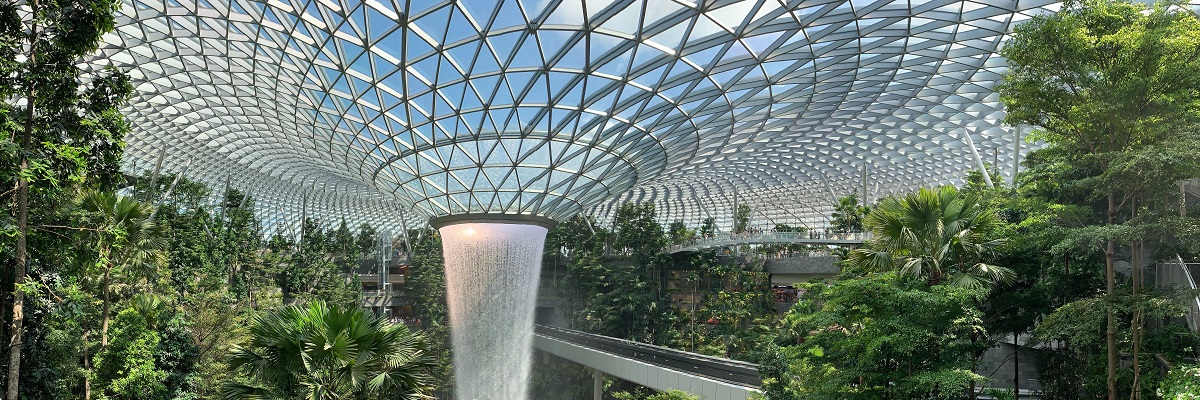

2 Responses
Kia ora from Aotearoa – New Zealand!
I’m so glad to have found you – I am near the end of my MDes, looking at how my rural-based urban township can understand its identity (whakapapa), with today’s lenses (climate action/adaptation, biodiversity loss, human-nature connectedness, indigenous thinking, social equity), to plan its potential future. I’d love to be in touch as this work develops, perhaps when the dust has settled after my examination in August.
Can you tell me the building/location of your banner image with the forest of trees in front of the historic building?
Hi Kirsten,
Thank you for your comment! You could always drop me an email after your exams and then we can discuss more, it sounds like a fascinating topic.
The building of the banner image is the Somerset House in London. Last year, it had a temporary pop-up forest as part of the London Design Biennale: https://www.somersethouse.org.uk/whats-on/london-design-biennale-2021
Best, Laura.